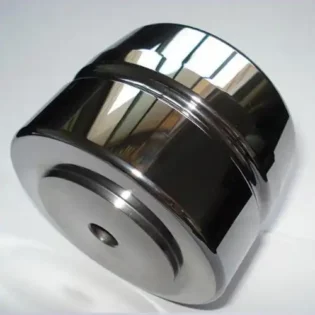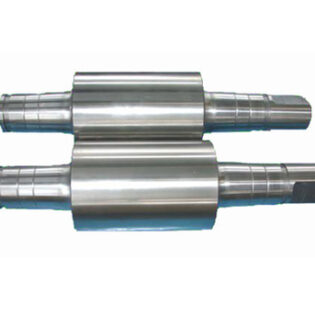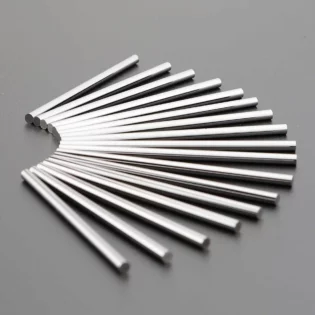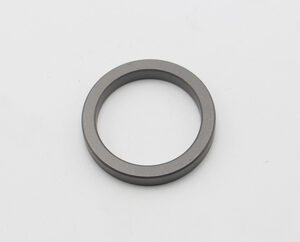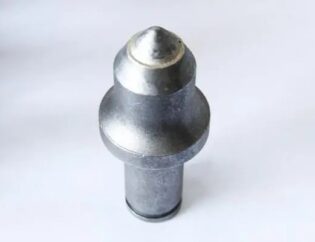Among these materials, carbide?nozzles are widely utilized in surface treatment, petroleum, chemical, and other industries due to their corrosion resistance, long service life, excellent performance, cost-effectiveness, and minimal wear characteristics.
The application of carbide?nozzles
Used for sandblasting

carbide?nozzles are an essential component of sandblasting equipment. Sandblasting equipment utilizes compressed air as its driving force to propel abrasive materials at high velocity onto the surface of the treated workpiece, achieving the purpose of surface treatment. Compared to nozzles made from other materials, such as steel nozzles, carbide?nozzles offer higher hardness, strength, and resistance to wear and corrosion, making them better suited to meet the demands of various application conditions.
Used for petroleum drilling
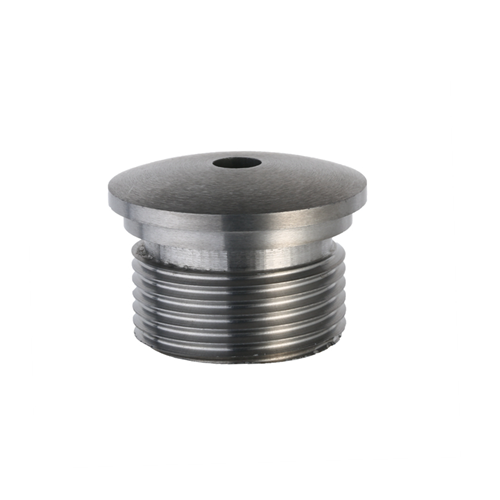
During the process of petroleum drilling, the environment is generally harsh, and as a result, nozzles are subjected to the high-pressure impact of abrasive materials at high speeds, making them prone to wear and failure. Ordinary materials are susceptible to thermal deformation or cracking, leading to frequent replacement of nozzles and a decrease in work efficiency. However, carbide?nozzles, due to their high hardness, strength, and excellent wear and corrosion resistance, can effectively improve this situation.
Nozzle used for water-coal slurry

When working with water-coal slurry, the main erosion faced by the nozzle is low-angle erosion from the slurry, and the wear mechanisms are mainly plastic deformation and microscopic cutting. Compared to water-coal slurry nozzles made from other metal materials, carbide?nozzles exhibit better wear and corrosion resistance, and they have a longer service life (typically above 1000 hours). However, carbide?itself is relatively brittle, and its high hardness, toughness, and resistance to thermal shock are lower than other metal materials. Additionally, carbide?is difficult to process, making it unsuitable for manufacturing nozzles with complex shapes and structures.
Used for atomization
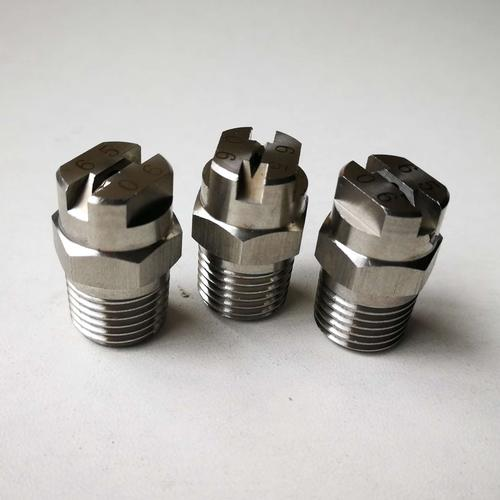
carbide?atomizing nozzles can be categorized into various forms of atomization, including pressure atomization, rotary atomization, electrostatic atomization, ultrasonic atomization, and bubble atomization. Compared to other types of nozzles, carbide?nozzles can achieve atomization without the need for an air compressor. They typically produce a circular or fan-shaped spray pattern, resulting in excellent atomization performance and wide coverage area. As a result, these nozzles are widely used in agricultural spraying, as well as in industrial applications such as spraying, dust removal, and humidification.
The production process of carbide?nozzles
Raw material selection
Choose appropriate carbide materials, typically using alloys such as WC-12Co or WC-10Co-4Cr.
Powder preparation
Process the purchased carbide materials through grinding, ball milling, and other methods to obtain alloy powders with particle sizes ranging from 1 to 10 μm.
Spraying
Spray the alloy powder onto the surface of the nozzle substrate using techniques like flame spraying to form a coating.
Sintern
Sinter the nozzle with the coating. This is usually done at temperatures between 1370 to 1480°C for 2-4 hours, resulting in a uniformly dense carbide nozzle.
The working principle of the sandblasting machine’s carbide?nozzle
carbide?nozzles are commonly used for surface treatment sandblasting processes. They are installed on sandblasting machines to perform sandblasting operations, and their working principles can be divided into two types based on the different types of sandblasting machines.
Using a conventional siphon-type sandblasting machine
In this setup, compressed air flows rapidly inside the spray gun, creating a negative pressure to draw abrasive materials from the cyclone separator’s tank into the mixing chamber through the sand tube. The abrasive material and compressed air enter the spray gun through the sand tube and air hose, respectively. Inside the spray gun, they combine and enter the carbide nozzle’s converging section. After accelerating inside the straight tube of the carbide nozzle, the abrasive material is ejected from the nozzle’s exit and impacts the surface of the workpiece. This process alters the mechanical properties of the workpiece’s surface, resulting in specific surface effects and achieving the purpose of sandblasting processing.
Using a pressure-type sandblasting machine
Pressure-type sandblasting machines utilize a pressure tank. The compressed air is divided into two groups before entering the pressure tank. One group combines with the abrasive material inside the tank to form a mixed propellant. The mixed propellant moves through the sand tube and enters the sand outlet three-way valve via the sand adjustment valve. The other group of compressed air blows directly into the sand outlet three-way valve through a pipeline. When the two groups of compressed air mix with the abrasive material coming down from the pressure tank, they form a cohesive propellant, which moves through the sand tube and is directly ejected from the carbide nozzle. The high-speed and high-pressure impact of this propellant on the surface of the object creates the sandblasting effect.
The dimensions of the carbide?sandblasting machine nozzle
Straight-hole sandblasting nozzle
Common domestic specifications include outer diameters of 20mm and 15mm series, with internal diameters ranging from 5mm to 10mm and lengths of 35MM, 45MM, 50MM, 55MM, 60MM, 80MM, and 82MM, including both standard and special non-standard models.
Round-hole boron carbide sandblasting nozzle
The specifications typically have an internal diameter of (4*14)MM, an outer diameter of 20MM, and lengths of 25MM, 35MM, 45MM, and 60MM.
Square-hole tungsten steel carbide nozzle
The specifications have an internal diameter of (4*14)MM, an outer diameter of 24MM, and a length of 30MM.
